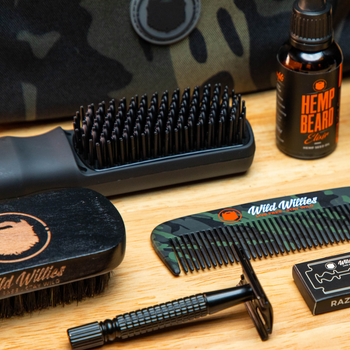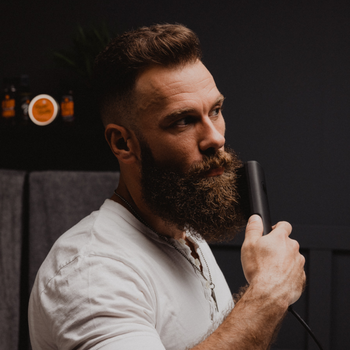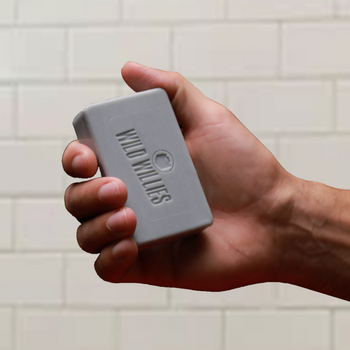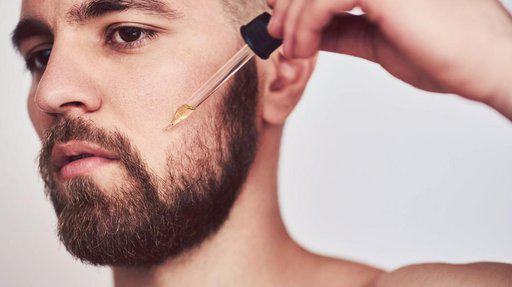One of the most basic things budding cooks learn in the kitchen is how to cook scrambled eggs. Making eggs is easy, you say? This simple dish takes more than just cracking open a few eggs and sprinkling salt like it’s pixie dust. You know when you've had egg-cellent scrambled eggs, and you know the rubbery stuff you whip up at home doesn't come close. So make like a master chef and have at least this simple cooking technique on lock.
How To Cook Scrambled Eggs In The Manliest Way Possible
No, this isn't while smoking a cigar. It's making a plate of eggs that will blow the minds of both your mother and the lady you're trying to impress. Let’s start with the equipment you’ll need for the best scrambled eggs ever.
Scrambled Egg Ingredients
- non-stick cookware or a frying pan
- whisk or a fork
- three large eggs
- grease for the pan (if using a regular frying pan)
- unsalted butter
- black pepper
- salt
Tip: The non-stick surface will prevent the egg from searing and maintain its consistency.
Now that you have the tools and the ingredients, it’s time to learn the secret to scrambled eggs you’d be glad to serve your lady at breakfast.
Technique For Perfect Scrambled Eggs Every Time
The secret technique to great scrambled eggs lies in how you whisk them. After you break the eggs into a bowl, you:
- Whisk them using an upward motion (take the fork or the whisk up and over the surface of the mixture). Do this instead of mixing from side to side while letting the fork or the whisk touch the edges of the bowl.
- Make sure you do the prescribed method rapidly until the egg mixture achieves a frothy and evenly-colored appearance.
Tips For Perfect Scrambled Egg Texture

Once you’ve got the whisking done, let’s talk about the texture you want for your scrambled eggs. There are two major kinds: fluffy and creamy, or thicker and fuller scrambled eggs.
Fluffy and Creamy Scrambled Eggs
The fluffy and creamy type of scrambled eggs has a lot of curd. The secret to fluffy scrambled eggs lies in the amount of heat. To cook this type of scrambled egg:
- Work the pan over medium-low heat.
- Once you get the right temperature going, add in the butter to grease the pan.
- Once the butter has melted, pour in the eggs.
- Let a superficial layer form first and once this layer has set, move the solidified parts into the center of the pan using a wooden spoon.
- Tilt the pan, so the runny parts reach the hot surface. You should see small curds form out of the eggs. Continuously move the curds to the center while tilting the pan on every side.
- Once there are no more runny parts, season your scrambled egg with salt and pepper.
Thicker and Fuller Scrambled Eggs
Thicker and fuller scrambled eggs have more dense curds. For this type of scrambled egg, you’ll need to:
- Set the fire medium-high.
- Melt the butter in the pan and pour eggs in.
- Form a thicker layer under the runny layer.
- Once this layer sets, use a wooden spoon to lift the cooked under-layer and let the runny parts reach the hot surface of the pan. Do this until there are no more runny parts.
- Season the egg with salt and pepper.
Aside from scrambled eggs, another thing that butter makes better if beard. Don’t use grocery butter though — instead, use Wild Willies Beard Butter to make that face just as good-looking:
Now you know how to cook the best scrambled eggs ever, it’s something you can serve with pride after a little practice. Even if you have to whip it up quick and dirty, you can experiment with your cooking style by adding sausage, cheese, onions, garlic, and bacon to your basic scrambled eggs.
So how do you like your eggs? Tell us what other recipes you'd like to learn to cook in the comments below.
Up Next: The Solution to a Healthy Beard







